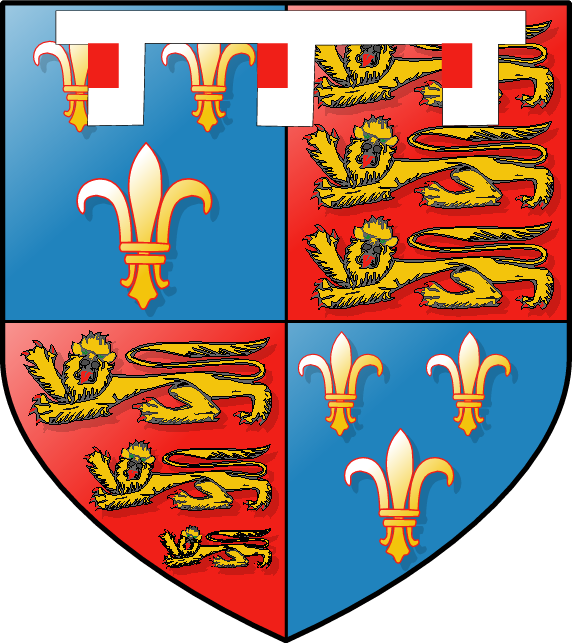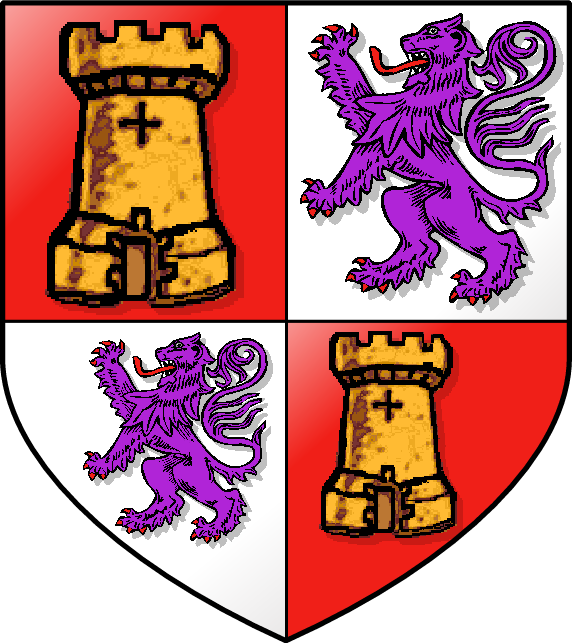|
In medieval times in England certainly the English sovereign's arms were seen
as a symbol of power, same as the Great Seal was and both were to be closely
guarded. Anyone else who bore the Royal Arms had to be a traitor to the
actual sovereign and could be sentenced to death. An example of this heinous
crime was the execution of Margaret, countess of Salisbury, in 1541. One of
the items of evidence produced by Cromwell during the debate on her Bill of
Attainder was a tunic with the royal arms on it, as evidence of her treason.
 And in heraldry the practice has been and remains the same, the undifferenced Royal Arms may not be quartered, though the differenced arms of a royal son may be, such as those above of George, duke of Clarence, number 16 in the College's scheme.

However there is no foreign sovereign through an heiress in the ancestry of the Kingmaker's two daughters, so this rule, that foreign sovereign's arms may be quartered, is not applied in the quarters of the Kingmaker.
|